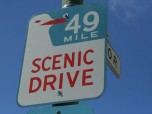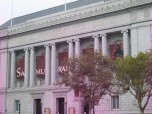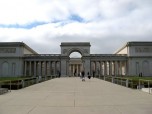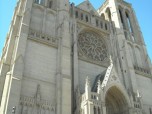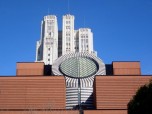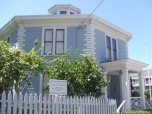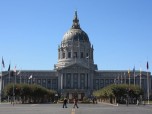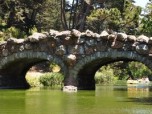San Francisco Opera popularly known as SFO is an American company in San Francisco. The company was founded in 1923 by Gaetano Merola. During the time of formation, the company was the largest of its kind in North America. The Opening Night Gala is referred to as one of the most popular events in both musical and the social life in the San Francisco area.
History
The very first performance of this company was La bohene, with Giovanni Martinelli and Queena Mario on September 26th, 1923. This took place in the city’s Civic Auditorium and was conducted by Mr. Merola. His own involvement in opera had been going since he first visited San Francisco Bay in 1906. Merola launched this company in 1922; he was convinced that city could fully support full-time opera and would not depend on visiting companies that had been in San Francisco since the Gold Rush days. By 1921, Merola was planning his very 1st season; this was presented at the Stanford University’s football stadium in 1922. The event had a group of different singers like Giovanni Martinelli and Carmen. Merola decided to raise some funds to make his project a success. He appealed to the city’s elite and managed to get 2,441 contributions of $50 each from the founding members.
Within 9 years after the opening season, War Memorial Opera House was created. This building was designed by Mr. Arthur Brown; he was the architect who also created San Francisco’s city hall. This new opera house was inaugurated on October 15th, 1932.
Kurt Herbert Adler
Kurt Adler came to the U.S. in 1938 after experience and great training in numerous aspects of music theatre in Germany, Australia and Italy. For 5 years, Kurt worked to create the chorus of Chicago Opera Company. He was invited by Meralo in 1943 to be the chorus director. After the death of Merola in 1953, Adler was officially confirmed as the General Director.
Adler had several aims when taking over this company. One of them was that he wanted to expand the season. Another purpose was to present totally new talent. In order to achieve this; he sought out up-and-coming singers. His third aim was to develop stronger relations to the opera stage directors; this was in attempt to strengthen dramatic and other theatrical elements of works.
By the 1970’s, SFO was very successful and offered its audience the chance to see internationally known singers. During the summer of 1972, San Francisco Opera held 50th anniversary celebrations that included a special free concert held in Sigmund Stern Grove. Adler conducted most of the program, which featured performances by several surviving performers who had previously appeared with this company during its own history. Adler retired in 1981. After his retirement, Terence McEwen took over the company. He was in charge between 1982 and 1988. He announced his retirement in 1988 and Lotfi Mansouri took over afterward.
Toward the end of the 2001 season, Mansouri announced retirement after being in the company for 14 seasons and spending 50 years in opera world. Pamela Rosenberg succeeded him. She stayed in the company between 2001 and 2005. She later returned to her home in Germany to work for another company.
David Gockley
On January 1st, 2006, David Gockley became the general manager the SFO. During the same year, this company and Washington National Opera started a co-production of new Ring cycle. This production used some imagery from several different eras of popular American history. SFO decided to present Das Rheingold in 2008, Die Walkure in 2010 and three Ring cycles in 2011.
In December of 2007, SFO announced presentation of four operas to movie theatres across the U.S. Since 2008, this company has increased its operas performances by 8 in the Grand Opera Cinema Series.
So as to consolidate the various office spaces scattered all over San Francisco, San Francisco Opera plans to take over the fourth floor of the War Memorial Arts Center after the building retrofit is finalized in 2015. The company has therefore begun a campaign to name several portions of the new space after the donors. The center aims at providing additional office space and costume storage; two multipurpose rooms for rehearsing, social events, board meetings and a 300 seat performance venue.

